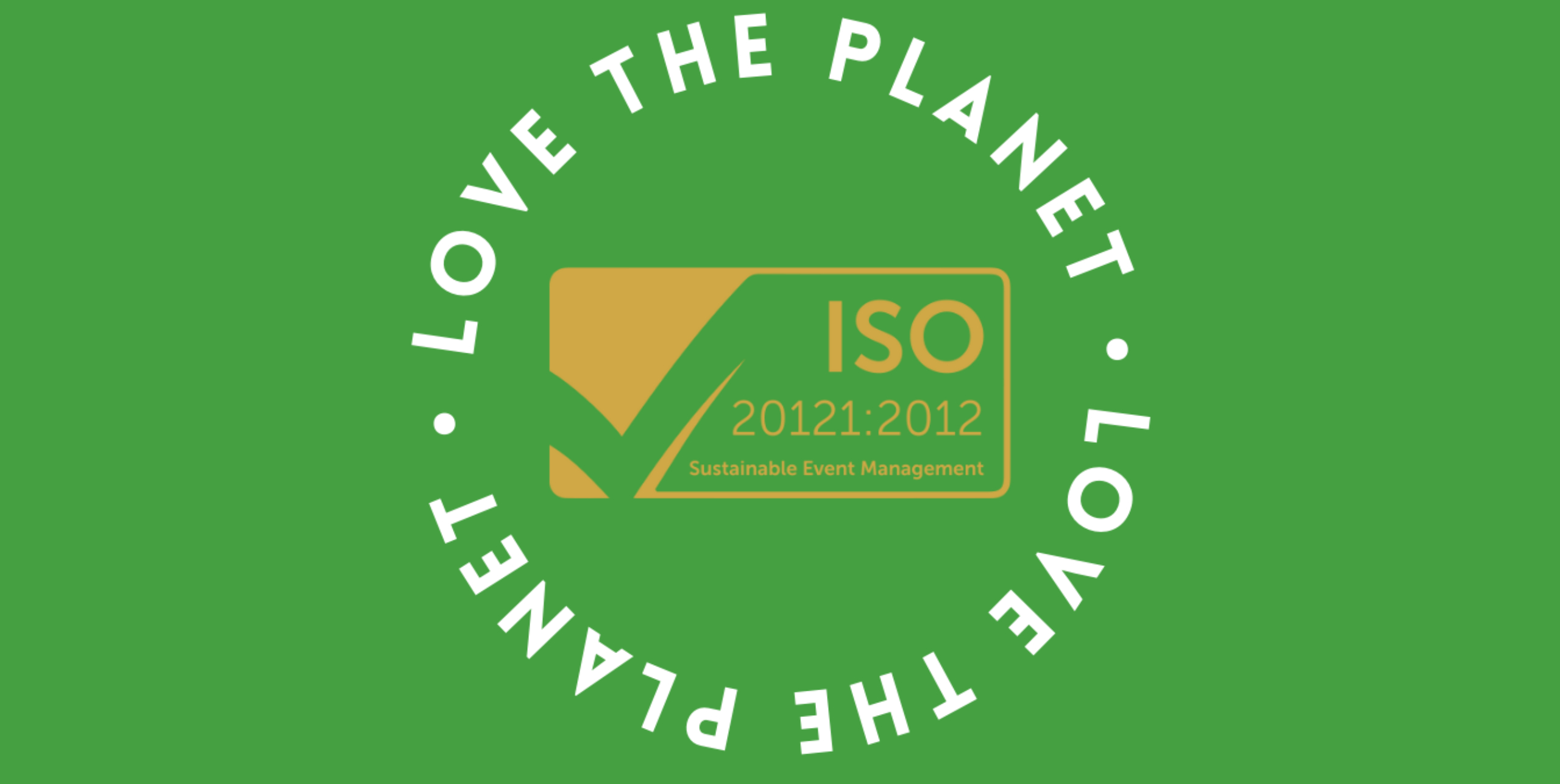The True Environmental Cost of Virtual Meetings
Virtual meetings have become the norm in today’s world. With the widespread availability of superfast broadband and the rise of remote work, people are now able to communicate with one another from different parts of the world through video conferencing tools.
As convenient as this might seem, one question that has been on the minds of many is the true environmental impact of virtual meetings.
At first glance, virtual meetings may seem like the ideal way to reduce our carbon footprint. After all, we don’t have to travel to a physical location, we don’t even need a physical location. However, the reality is not as simple as it seems.

One of the major concerns is the energy consumption of virtual meetings. To participate in a virtual meeting, you need a computer, webcam, microphone, and a stable internet connection. All these devices consume electricity, which is mostly generated from non-renewable sources. The energy consumption is not limited to the duration of the meeting, as many people tend to leave their devices on standby mode, consuming electricity even when not in use.
Carbon emissions created from virtual meetings can vary depending on several factors such as the number of participants, the duration of the meeting, the location and type of internet infrastructure used, and the energy source used to power the devices and internet connection. A study by the University of California, Berkley found that a one-hour video conference between 2 people using desktop computers can generate up to 270 grams of carbon dioxide equivalent (CO2e), equivalent to a diesel car driving 1 mile (BEIS/Defra 2019). Of course, emissions will increase with more participants or longer meeting durations and can be further impacted by the energy source used to power the devices and internet connection, so although emissions similar to 1 mile of a diesel car travelling for a one-hour meeting doesn’t sound much, once you multiply that out to every organisation across the globe, the numbers start to add up quite scarily.
In Q3 2020 Zoom reported that they had a quarter to date figure, extrapolated out for the rest of the year, of 3.3 trillion minutes on Zoom, that is 55 billion hours. Using our stat from before, if 2 people meeting over 1 hour creates 270 grams of CO2e, then we can equate 55 billion hours to 27.5 billion miles driven by a diesel car, or 7.4 million tons of CO2 equivalent. Now that is most certainly an oversimplification, however the actual figure is likely to be higher as we have only counted 1 platform, when Google and Microsoft have their own very popular version.
A great deal of these emissions come from Data centres, where information is housed and processed to keep our online lives going, the emissions from these are huge, accounting for 2% global carbon emissions, like that of the Airline industry, and this is only going to increase as more and more people are logging online. This is not to mention the water usage of billions of litres a year to cool down servers. These are very much the dark side of the internet, kept out site and out of mind whilst they quietly hurt our planet.

Now we need to consider the e-waste generated by the devices used to participate in these meetings. With the increasing demand for newer and faster devices, people tend to upgrade their computers and other equipment frequently. This results in a large amount of electronic waste that ends up in landfills or are shipped to developing countries for disposal which can cause environmental and health hazards.
But something else to think about is the indirect environmental impacts. The rapid increase in technology use contributes towards the loss of biodiversity, for example the destructive mining of metals such as Lithium and Cobalt which are both essential in making computers & mobile devices, even deforestation from packaging being sent out across the globe.
So why are organisations investing more on their ability to meet and work remotely? Because the truth is, despite the environmental impact of virtual meetings, the benefits to them are far greater than the negative contributions.
Eliminating the need to travel (whether driving or flying to a physical location) massively reduces our carbon footprint and minimises the environmental impact of transportation. By reducing our carbon emissions, we can help combat climate change and reduce air pollution. That figure of 27.5 billion miles equivalent being driven, well in the USA alone each month just under 300 billion miles are driven according to the Federal Highway Administration, around 10 times what Zoom’s emissions are in a year.
So, what are we trying to say in this blog post? First, we told you that virtual meetings are bad for the planet, then we tell you that in person meetings are worse! So, should we just all sit at home and not speak to anyone? Well, no, clearly not, the digital revolution is in full swing, there is no stopping it, and nor should we.
What we are saying is that no matter how grand & well-meaning our design is, a house built on a foundation of sand is doomed to fall. And we have built our planet on a foundation of pollution & environmental damage, the top three energy sources are non-renewable fossil fuels, and we are addicted to a single use, throwaway society.
But we shouldn’t be blaming the past, instead looking to the future. Today is the 22nd of April, the day we celebrate as Earth Day each year. The theme of this year’s Earth Day being ‘Invest in our Planet’, and that is our message.
We are a species who have been to the darkest depths of the ocean, we have landed people on the moon, we have cured incurable diseases and our potential for advancement knows no bounds. But we must use this creative might to invest in our planet, give back what the planet has given to us and provide a sustainable future for generations to come.
With the technology and ingenuity, we have as a planet, we must end our reliance on environmentally damaging practices otherwise everything else is in vain and to that extent, just because something feels green, doesn’t necessarily mean it is green.
So where does your organisation fit into this? How are you meeting with your teams? How are you engaging with your customers? Are you doing everything to be sustainable and protect our planet? It’s confusing, we get it, and that is the point, but we get it and want to help you on your journey.
So, talk to us and let us help you maximise your engagement whilst minimising your footprint.










